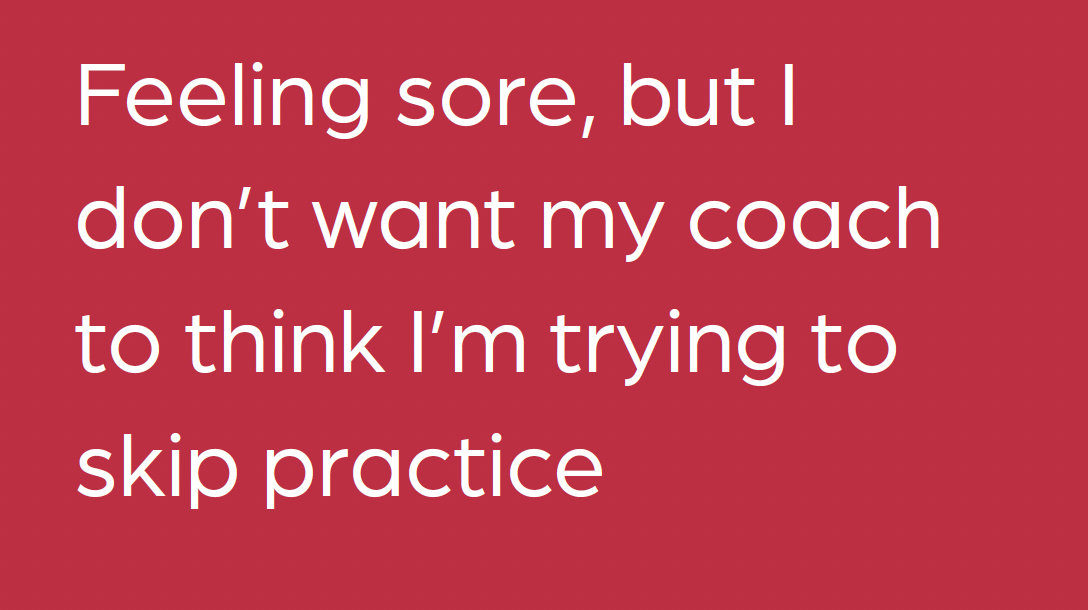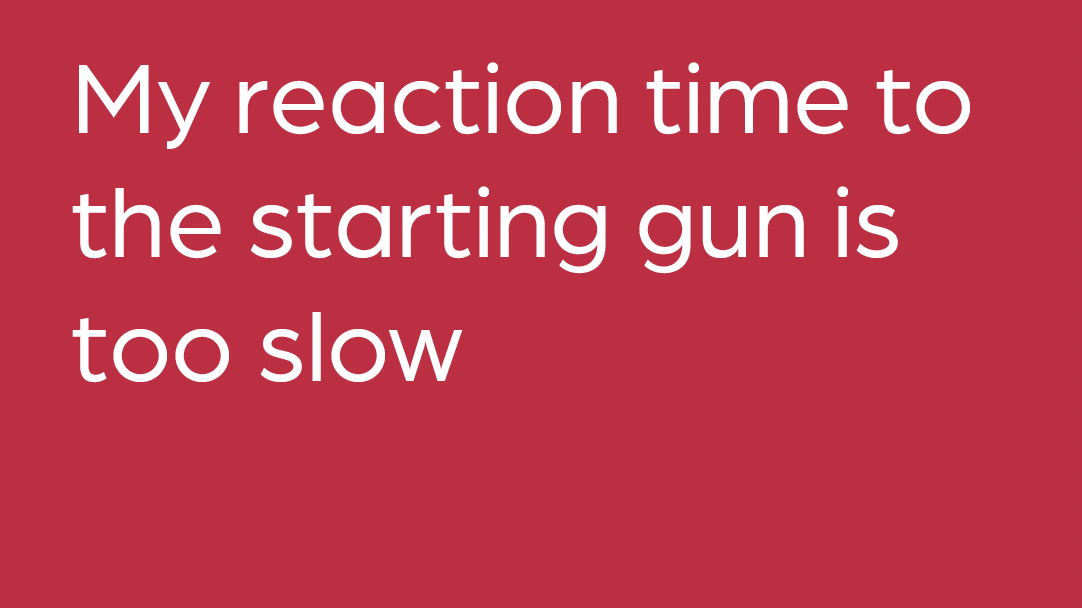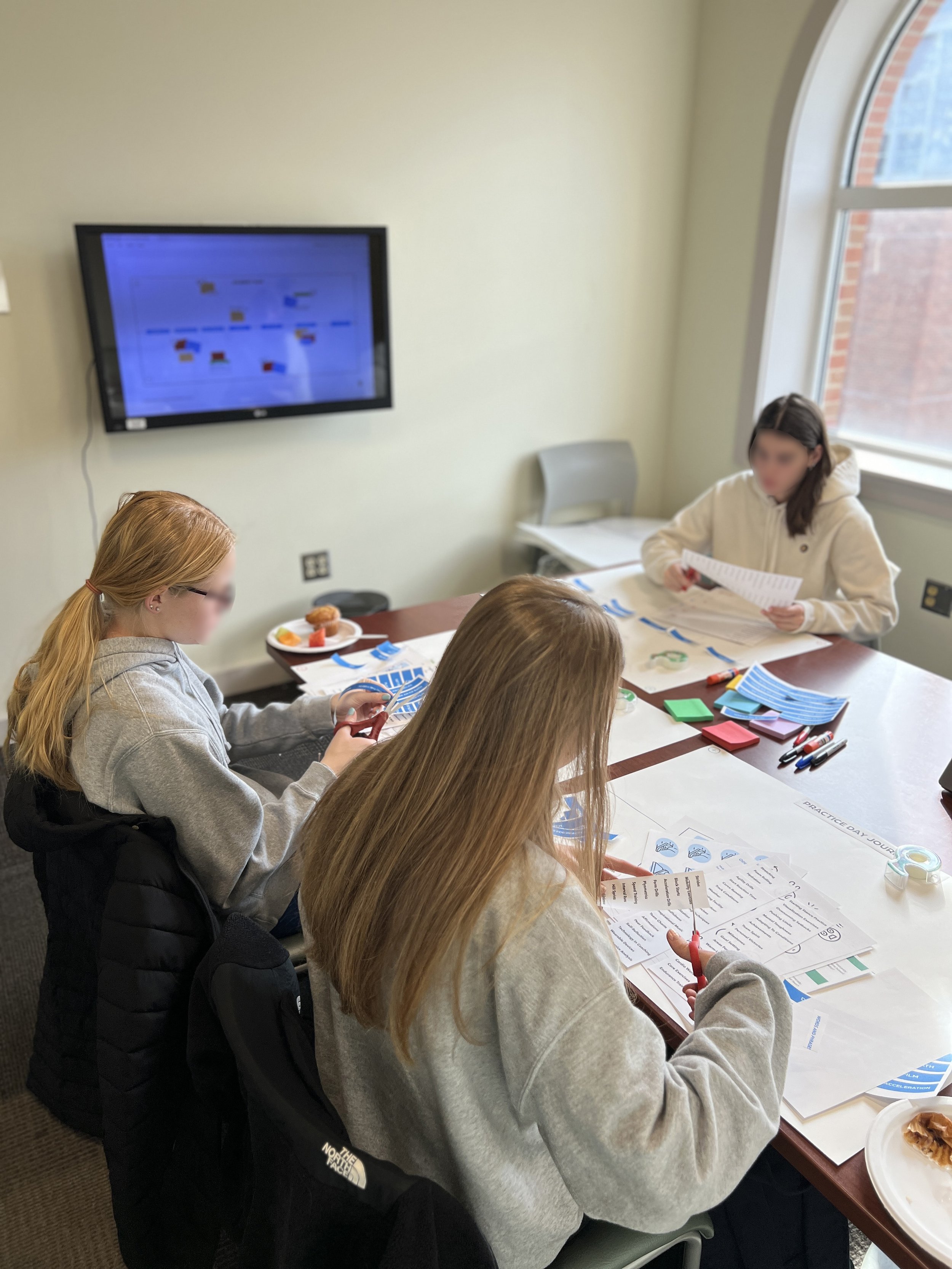DESIGN PROCESS | REFINE
WORKSHoP FINDINGS
in this step YOU WILL FIND…
The refinement stage of my design research involved analyzing the findings from my co-design workshop, allowing me to gain a clear understanding of the users’ needs.
VISUAL/VERBAL DECOMPOSITION AND INTEGRATION
ANALYSIS FRAMEWORK
The framework in which I analyzed the workshop entailed studying the participant journey maps and analyzing the audio recordings of the workshops. I gathered, organized and made note of the toolkit items the participants used, and where they placed them on the journey maps. I also listened to the participants’ descriptions of their experiences, pain points, and unmet needs, making note of similarities I found
in them.
COMBINED JOURNEY MAPS
I combined all the participants' journey maps on Miro, using color to differentiate each one. I placed their activities, notes, key phrases, pain points, and opportunities exactly as they positioned them on their timelines. This gave me a clear, visual overview of the data in one place, allowing me to identify patterns and connections more easily. Seeing everything side by side helped me uncover deeper insights and similarities across their journeys.
VISUAL PATTERN SORTING
Once I had all the data in one place, I streamlined it by grouping similar items and removing anything that wasn’t consistently repeated across the different journey maps. This allowed me to create a new, unified journey map that captured the shared activities of all the athletes. It also revealed common pain points, key phrases, and opportunities, providing deeper insights into their collective experience.
visual insights
Repeated Words/Phrases Used:
Foam rolling III
Plyometrics III
Dynamic Stretches III
Starting Blocks II
Spikes II
Stopwatch II
Mindfulness II
Speed Training II
COMMON OPPORTUNITY CARD
COMMON PAINT POINT CARDS
The pain points frequently emerged at the beginning of the participants’ timelines.
VERBAL INSIGHTS
Participant Preference:
A preference for solutions that cater to sprinters at all competition and experience levels, not just high-level collegiate or professional athletes.
Training Environment:
Participants train in a running club setting without a coach, alongside athletes of varying fitness and experience levels.
Common Technology Used in Practice:
Apple Watch
starting blocks
stopwatch
concept feedback
*
concept feedback *
“I FEEL LIKE YOURS COULD BE GEARED TOWARDS VERY COMPETITIVE RUNNERS, WHICH I THINK WOULD BE EXTREMELY HELPFUL FOR THEM, BUT MAY NOT REACH A MORE WIDESPREAD AUDIENCE. IN OUR RUN CLUB WE HAVE PEOPLE RUNNING FOR US THAT NEVER EVEN RAN TRACK IN HIGH SCHOOL, SO THEY NEED A SOLID STARTING POINT.”
After sharing and ranking my concept card alongside the sprinters' ideas, I received valuable feedback on why they liked my concept but placed it in the middle of the rankings. It became clear that sprinters gravitated toward concepts that cater to athletes at all levels—especially those just starting out. This insight highlighted the need for solutions that not only push high-performers but also provide essential support to beginners, ensuring a more inclusive and accessible approach to sprint training.
-
BACK
-
HOME
-
FORWARD







